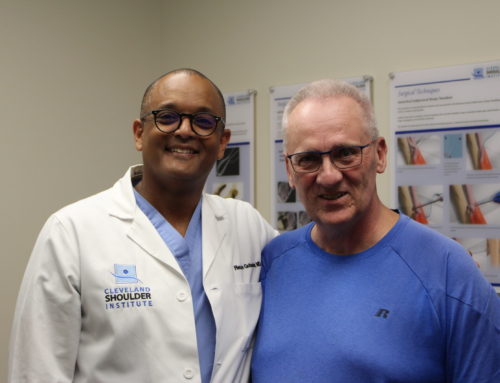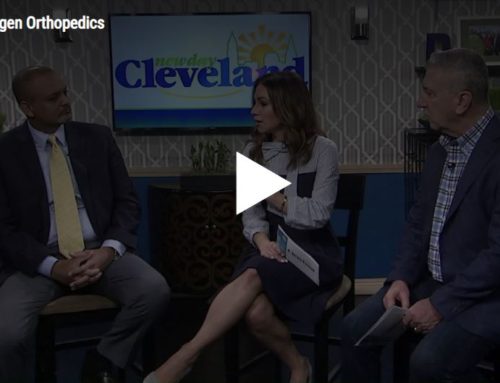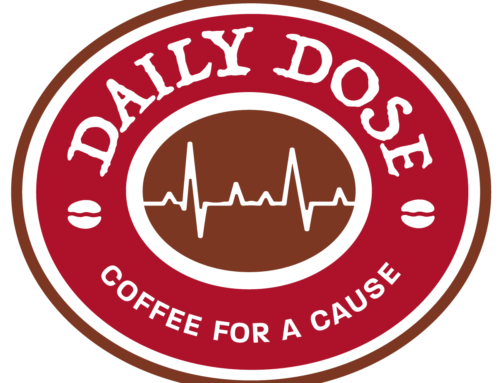 The shoulder is a complex joint. It encompasses the union of bones, muscles, ligaments and tendons. Inside the shoulder is also bursa, tiny sacs of fluid that help to reduce the friction between moving parts around the shoulder. Bursa serve as a cushion for the moving rotator cuff tendons. The bursa can become painful when inflamed due to an injury, overuse or condition such as rheumatoid or osteo- arthritis.
The shoulder is a complex joint. It encompasses the union of bones, muscles, ligaments and tendons. Inside the shoulder is also bursa, tiny sacs of fluid that help to reduce the friction between moving parts around the shoulder. Bursa serve as a cushion for the moving rotator cuff tendons. The bursa can become painful when inflamed due to an injury, overuse or condition such as rheumatoid or osteo- arthritis.
This inflammation is called bursitis. The inflammation causes the bursa to swell and grow, leaving less room in the shoulder joint for the muscles and tendons, which results in pain with movement. You may feel pain around the outside and tip of the shoulder, and it may be painful to the touch or red or swollen.
Certain movements may be more painful than others. Patients in our office typically complain of pain when they lift their arm, reach up, open a door or carry a heavy object. Many also report pain when lying on their side and shoulder pain at night.
Shoulder bursitis can happen to anyone, but those at a higher risk tend to be athletes, farmers, carpenters, gardeners, factory workers and others who perform a specific shoulder movement on a frequent basis.
Treating Bursitis
The first step in caring for bursitis pain is simply to rest the shoulder and avoid the motions that cause pain as much as you can. Ice the area when painful and take over the counter pain relievers such as ibuprofen or naproxen. Stretching may also help if the bursitis is caused by muscle tightness or a strength imbalance. Some patients find that wearing a shoulder sling helps make sure they are resting the arm. Your doctor may also give you a localized corticosteroid injection to manage the pain and control the inflammation.
If the pain persists for months even after trying these conservative measures, you may need to consider surgery. However, a newer alternative to surgery would be to try regenerative medicine treatments using your own blood cells. This treatment works by activating the body’s natural healing process to reduce painful inflammation. It involves a relatively simple procedure that takes plasma-rich platelets (PRP) from your own blood and injects them into the shoulder joint after separating them in a centrifuge. The PRP cells can help the shoulder to heal faster.
Unlike pain meds or cortisone injections, regenerative procedures can repair the injured area, rather than simply blocking the pain. The treatment is outpatient and takes just a couple hours. Most patients report an improvement in pain and function within a few weeks and continue to improve for several months as the healing process continues.
Learn more about regenerative treatments here.
_________________________________
The Cleveland Shoulder Institute treats patients with all types of shoulder and elbow disorders resulting from traumatic injuries, arthritis, instabilities, rotator cuff and sports-related injuries. Led by internationally recognized Orthopedic Surgeon Reuben Gobezie, MD, the institute provides both surgical and non-operative treatments.
Dr. Gobezie is one of the country’s top specialists in advanced arthroscopic and open surgical techniques to restore damaged joints, ligaments and bones. He is also one of the most experienced and highest volume shoulder surgeons in the country. A number of studies have shown that surgical volume, the number of surgeries a surgeon performs each year, is a strong predictor of patient outcome. The more surgeries that a doctor and his surgical team performs, the better the results for patients.
Dr. Gobezie is Founding Director of The Cleveland Shoulder Institute and Regen Orthopedics.





